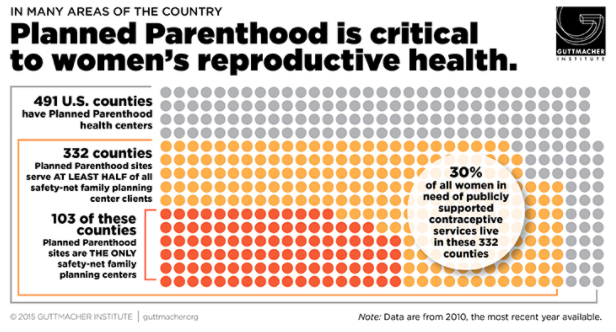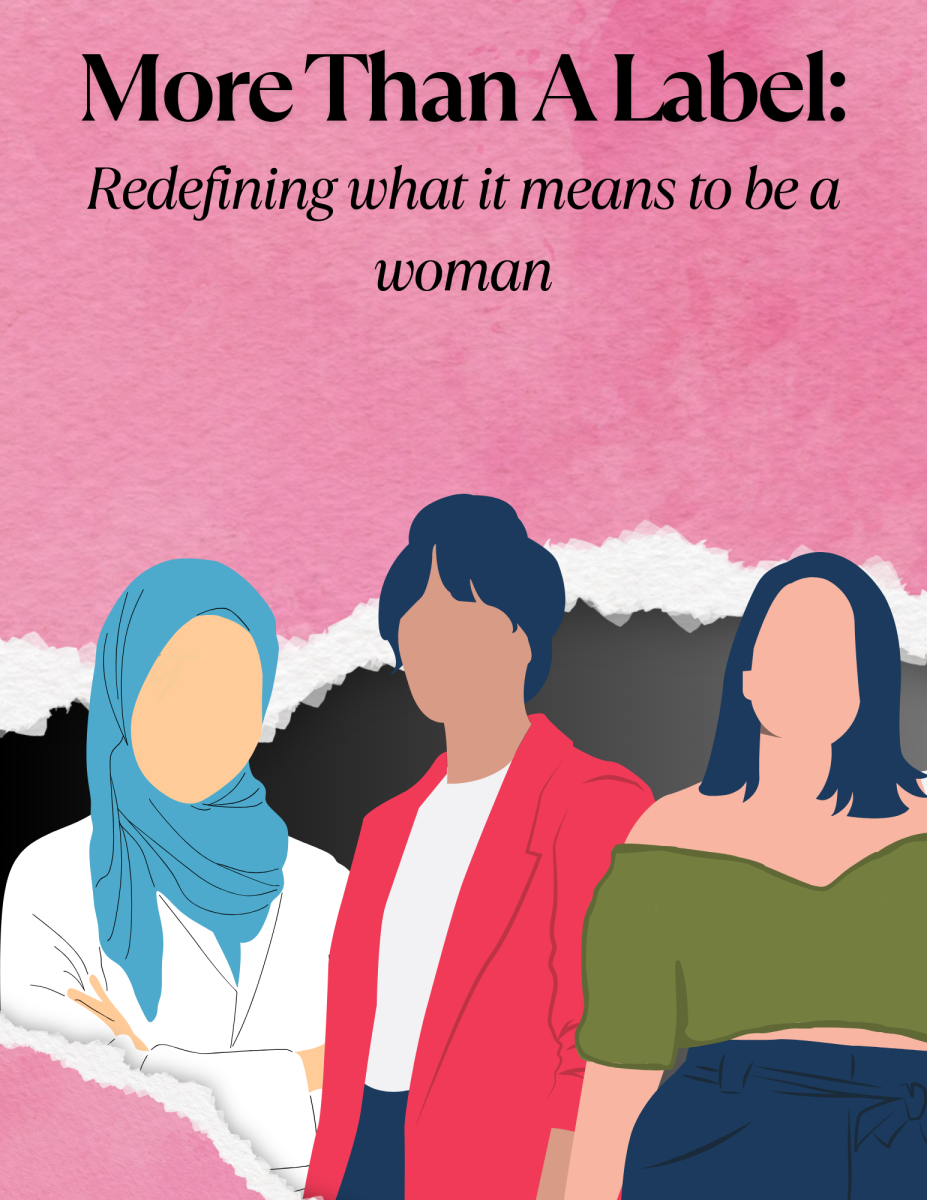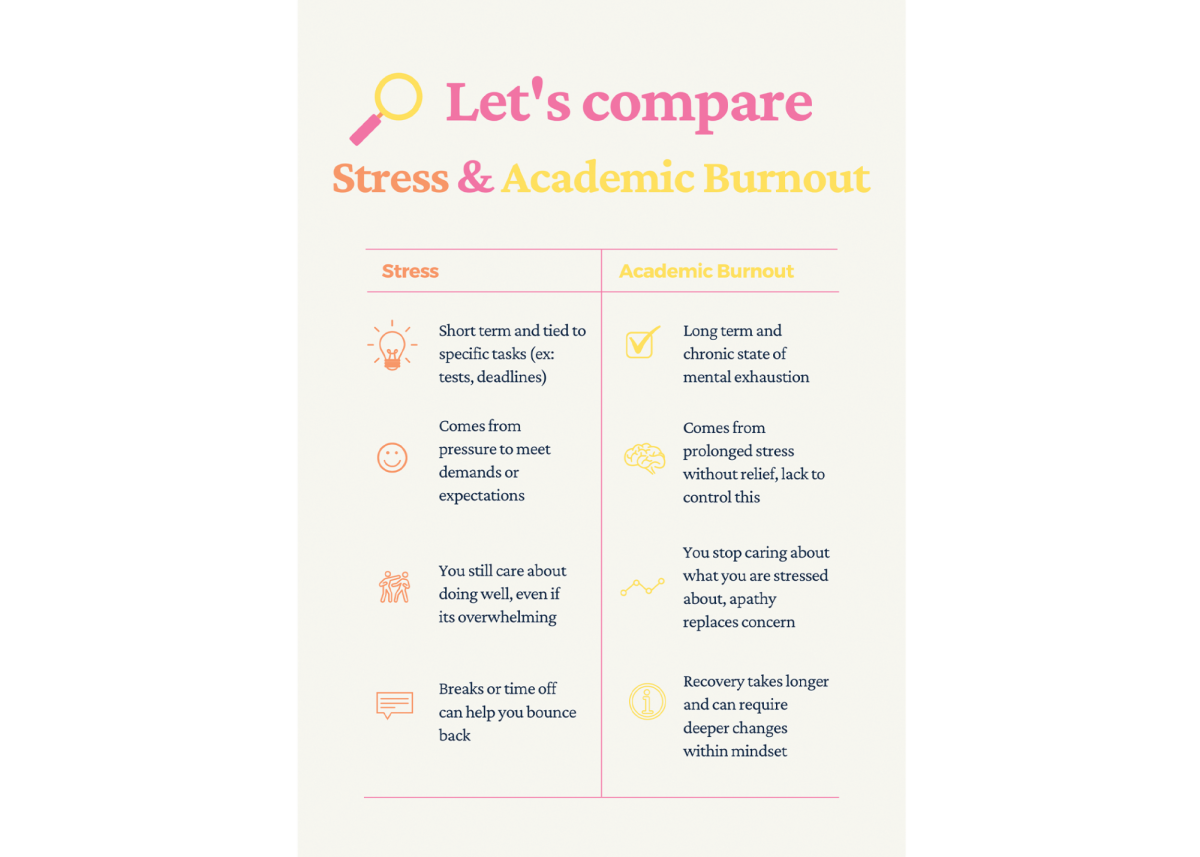By: Brittney Clark –
On March 30, the Senate voted in favor of a bill that would let states block federal family funding from going to Planned Parenthood. Senators approved the legislation in a 51-50 vote, with Vice President Mike Pence casting the tie-breaking vote. On April 13, President Trump approved of the legislation, making it law. This could be considered a “success” for his Presidency, as he had previously attempted to completely strip all federal funding for Planned Parenthood when he tried to repeal the Affordable Care Act in March. However, this won’t be enough to satisfy the Republican party or the Pro-Life movement; only when we’re completely stripped of all our reproductive rights will they rest easy.
In the earlier days of his Presidency, he reinstated what is referred to as the “Mexico City Policy,” which blocked US funding of the United Nation Population Fund. This fund provided maternal and child health services in more than 150 countries worldwide. (According to keralawomen.gov, 10 million women worldwide endure life-threatening complications during pregnancy and childbirth.) In a very parallel situation to the one our country is faced with now, women are being denied access to reproductive care from any nongovernmental organization around the world that provides abortion services or even information about abortions. Only one organization is being targeted in our country, and it’s Planned Parenthood.
No matter your party affiliation or your religious beliefs, the underlying fight against Planned Parenthood is a fight against a woman’s right to make choices about her own reproductive care.
Marjorie Dannenfelser, president of an anti-abortion group called ‘Susan B. Anthony’s List,’ said, “Prioritizing funding away from Planned Parenthood to comprehensive health care alternatives is a winning issue.”
But when Planned Parenthood provides more extensive reproductive care than the other alternatives, it’s difficult to make the argument that it’s a winning issue, but instead an abortion issue. (According to statistics from healthaffairs.org, Planned Parenthood offers more extensive services than other alternatives. 91% of Planned Parenthood centers offer at least 10 reversible contraceptive methods, compared to 48-53% in other types of safety net agencies. 92% of Planned Parenthood centers offer oral contraceptives and refills on site, compared to 37-55% for other types of safety net agencies. 63% of Planned Parenthood centers offer same-day appointments, compared to 30-40% for other types of safety net agencies. The average wait for an appointment at Planned Parenthood is 1.8 days; for other agencies it’s between 5.3-6.8 days.)
Obama’s previous regulation, taken into effect two days before Trump’s inauguration, denied funds to family planning organizations that were incapable of providing their specialized services, such as pap smears, breast and pelvic exams, contraceptives, pregnancy testing, and testing and treatment of STIs. The bill that was most recently voted upon means states are now free to divert family planning funds away from groups that offer abortions services, even if they provide every other service.
Most people who need access to these services are low-income or uninsured. In 1970 federal grant “Title X” was enacted. (According to CBS News, women are the largest recipients of Title X. Two thirds have incomes at or below the poverty level. 6 in 10 say Planned Parenthood’s services are their only or most frequent source of health care.) It’s the only federal grant program dedicated to ensuring access to family planning and preventive health services. (According to CBS News, this grant has a $286 million federal budget this year.) The money is for providing services like contraceptives, family planning counseling, breast and cervical cancer screening, and sexually transmitted infection prevention. According to the New York Times, each state has the power to set criteria for who can and cannot use the “Title X” money, since it is given to them by the federal government. Before, the criteria was based upon the services offered; now states can divert funds from going to Planned Parenthood due to their religious or political positions. The separation of church and state has failed us.
Not all funds going to Planned Parenthood are decided by the states though. In 1976, the Hyde Amendment was passed. This amendment barred tax dollars from being spent on abortions, except in cases where the pregnancy arose from incest or rape, or when the mother’s health is at risk. The government does not fund abortions for any other reason. So de-funding PP means blocking 1.6 of their 2.5 million patients (more than 60 percent) who depend on Medicaid and Title X from getting necessary, pregnancy preventing, and potentially life saving care at Planned Parenthood.
Currently there are more than 650 health centers across the nation in every state, except North Dakota. According to Planned Parenthood’s official site, more than two-thirds of states already report a difficulty ensuring enough providers who accept Medicaid — in particular, OB-GYN providers — and these are the understaffed community health centers that the government wants to redirect Planned Parenthood’s patients to. Abortion argument aside, these centers have limited resources and don’t offer the same services as Planned Parenthood. According to healthaffairs.org, 90 percent of current community health center patients have incomes twice below the federal poverty level and are underinsured, so they turn to publicly supported programs like Planned Parenthood to fulfill all of their needs, meaning that the loss of Planned Parenthood will impact even those who don’t use it as their primary care source.
When Texas eliminated Planned Parenthood from their funding in 2011, community health centers forced their capacity by 81 percent trying to absorb their patients. 21 percent of counties across America currently do not have a safety-net family planning alternative if their local Planned Parenthood would close; in these cases, there simply isn’t anyone else to take over. This debate is not just about Planned Parenthood itself, but abortion. To attempt to abolish abortion our government is willing to risk our health by sending women places that are unfit to serve and protect them.
It doesn’t matter if I would or wouldn’t ever choose to have an abortion myself. As a woman, I want to keep the choice available to anyone who finds themselves in a situation where an abortion is their only or best option. I also want low income and uninsured women to have access to basic reproductive care. It’s important that we all have access to Planned Parenthood, for both our safety and our own health. There’s a lot of stigma surrounding this topic, which has led misinformed people in positions of power to make misinformed, and ultimately detrimental decisions for us. A man shouldn’t make the choice for me and a religion that I don’t practice shouldn’t restrict me; my choices are mine and they shouldn’t concern anyone else besides my partner and I.






